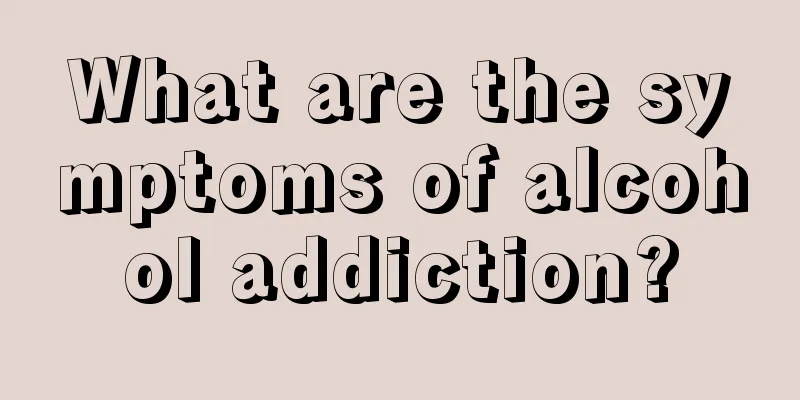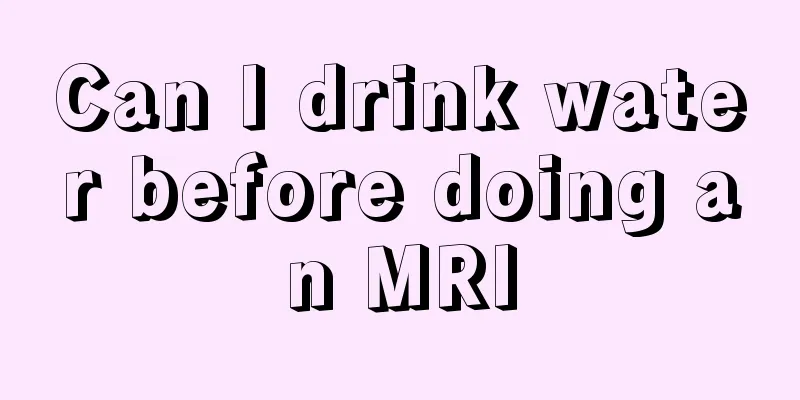What are the symptoms of alcohol addiction?

|
Alcohol addiction attacks are actually what we call the symptoms of alcohol dependence. It is okay to drink moderately in life, but if it becomes a psychological dependence or physical dependence, then it is a disease. These people are prone to show symptoms such as anxiety, depression, nausea, vomiting, sweating, panic, poor sleep, etc. If these alcohol addiction attacks and alcohol dependence behaviors do exist, then certain methods of treatment are also needed. 1. The dependent person's experience of alcohol: Soon after starting to drink, he or she will feel happy, talk more, and all the tension and fatigue will disappear. It is under the control of this experience that people drink alcohol continuously every day, and their craving for alcohol becomes stronger and stronger, and withdrawal syndrome may occur if they stop drinking. 2. Psychological dependence: This is the craving for alcohol. The degree of this craving increases with the increase in drinking time, so that withdrawal symptoms will occur if you stop drinking. In order to satisfy the craving and avoid withdrawal symptoms, people will look for alcohol everywhere. 3. Physical dependence: When withdrawal syndrome occurs when you stop drinking, physical dependence has been formed. This intermittent drinking may cause physical and mental symptoms of varying degrees. In order to satisfy their cravings and avoid the painful experience of withdrawal symptoms, dependents may drink without regard to time, place, and surrounding circumstances. In severe cases, drinking becomes the center of all activities, which gives the impression that the patient's personality has changed. 4. Withdrawal syndrome: Early symptoms include anxiety, depression, nausea, vomiting, poor appetite, chills, sweating, palpitations, irregular pulse, poor sleep, nightmares, and some people have high blood pressure; as the disease progresses, tremors, hallucinations, impaired consciousness, and epileptic seizures appear. 5. Tolerance: In order to achieve a good drinking experience in the initial stage, the amount of alcohol consumed gradually increases, but after reaching a certain level, as the degree of intoxication deepens and age increases, the amount of alcohol consumed gradually decreases. The patient often wants to be in a drunken state and may show unhygienic behavior and lack of concern for people around him and his family. 6. Physical complications : Alcohol is toxic to cells throughout the body. In addition to damaging the central nervous system and peripheral nerves, it also causes damage to the liver, gallbladder, stomach, heart, and kidneys. Systemic malnutrition is common. 7. Certain behavioral characteristics of long-term alcohol addicts: drinking large amounts of alcohol in a short period of time regardless of time and place, drinking more than 150ml of pure alcohol per day, and claiming to quit drinking many times but unable to stop. There are also long-term dependents who drink → get drunk → fall asleep → wake up → drink → get drunk → fall asleep, and repeat this drinking cycle. This form of drinking is called "mountain-type" drinking, which is the monotony of alcohol dependence reaching an extreme state. |
<<: What to do with children's family pressure
>>: How to fight for child custody when a man and a woman divorce
Recommend
Tips to make rock sugar lemon paste less bitter
Rock sugar lemon paste is a common drink in life,...
Can cervical cancer be cured?
A female patient was recently diagnosed with cerv...
Introduction of anti-ovarian cancer drugs
Ovarian cancer is a type of tumor in the female r...
What causes throat cancer
When laryngeal cancer occurs, many patients will ...
Can prostate cancer be passed on to grandchildren?
Can prostate cancer be passed on to grandchildren...
What causes cake cracking?
Baked cake is a very famous delicacy in life, and...
How much does it cost to check for small cell lung cancer
How much does it cost to check for small cell lun...
Teach you to wake up early and look in the mirror to discover hidden health information
In today's busy society, many people are in a...
What to do if mosquito coils are poisoned
Because mosquito coils are something we can easil...
6 aspects to differentiate acute mastitis from inflammatory breast cancer
Inflammatory breast cancer is a special lesion in...
The harm of not washing the washing powder thoroughly
Washing powder is a common item in life. As the n...
What plants can protect against radiation
Most young white-collar workers who face the comp...
Drinking milkshakes can also adjust premenstrual syndrome
Women crave food before their period, so why not ...
The difference between gel water and hair spray
There is still a big difference between gel water...
What are the ways to clean yellowed white shoes?
Many people like to wear white shoes. White shoes...









